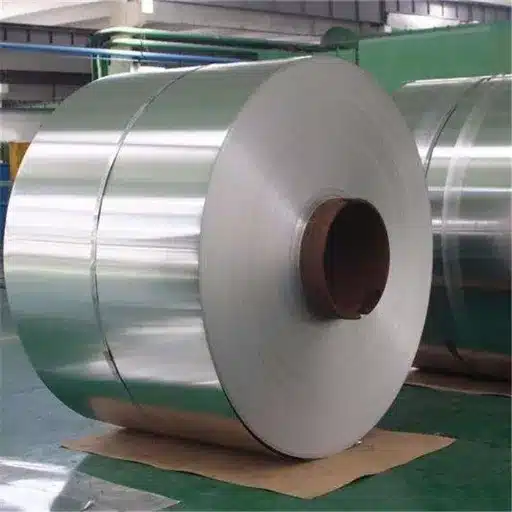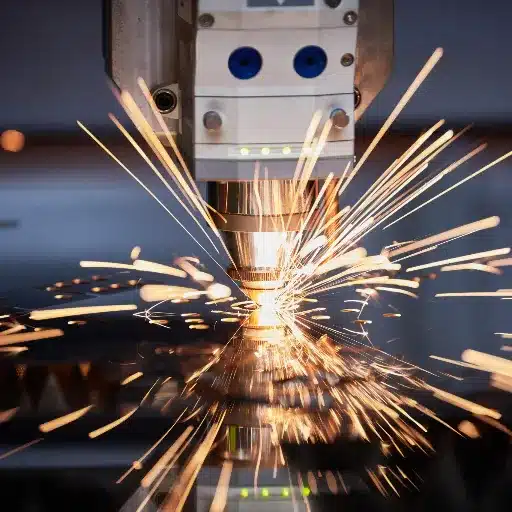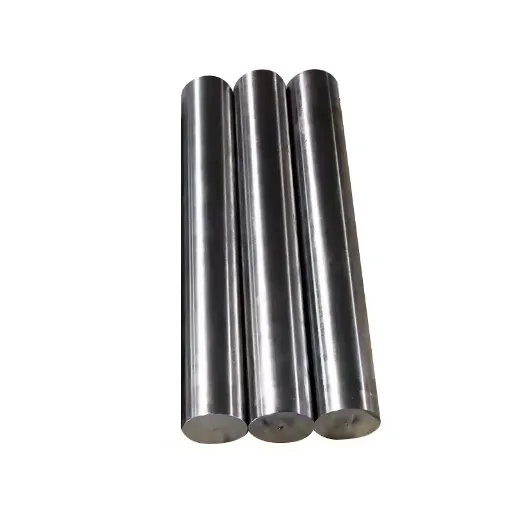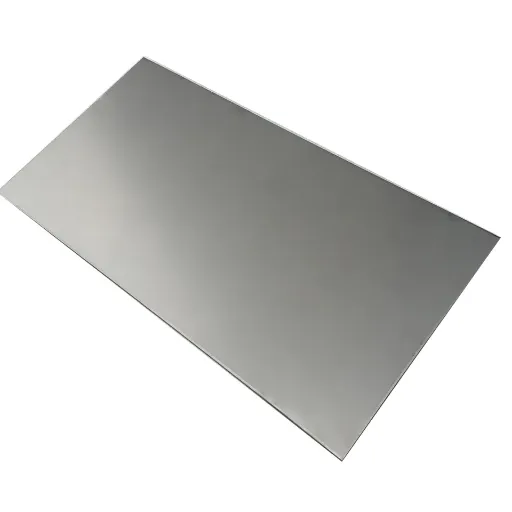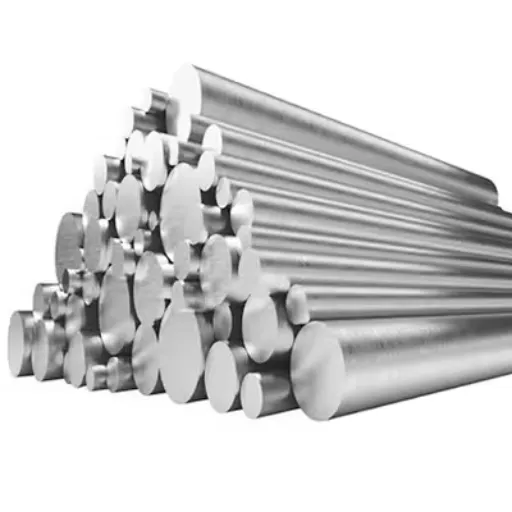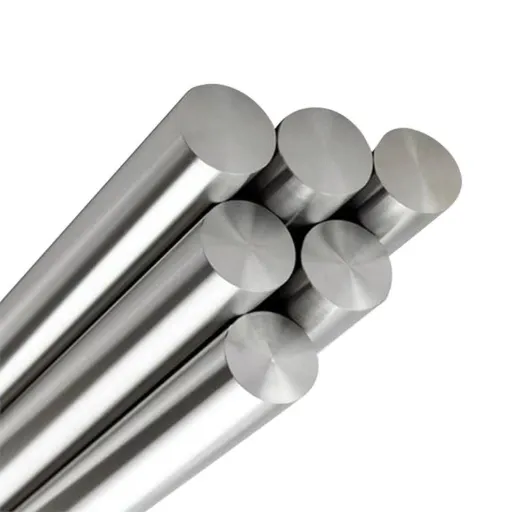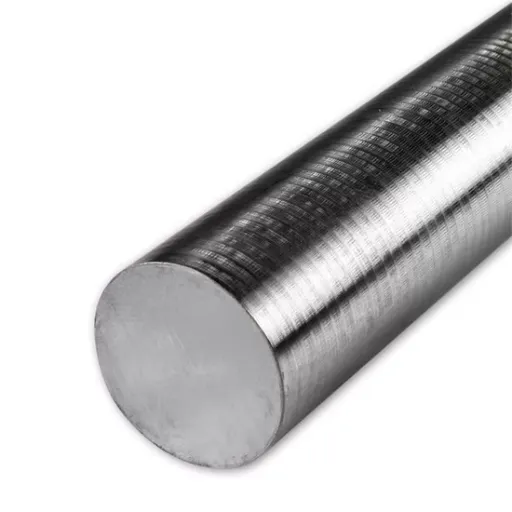Stainless steel has indeed been the material of choice wherever strength, corrosion resistance, and modern aesthetics go: from construction to cookware. With so many grades and types of alloys to choose from, each having distinct properties and applications, the distinctions can be confusing. That is why this blog gets all the way down into the stainless realms, untangling the complexity of the many grades and alloys. So, whether you’re choosing a material for manufacturing or just curious as to what gives stainless steel so much versatility, get prepared for a thorough guide on this splendid metal.
Introduction to Stainless Steel Grades
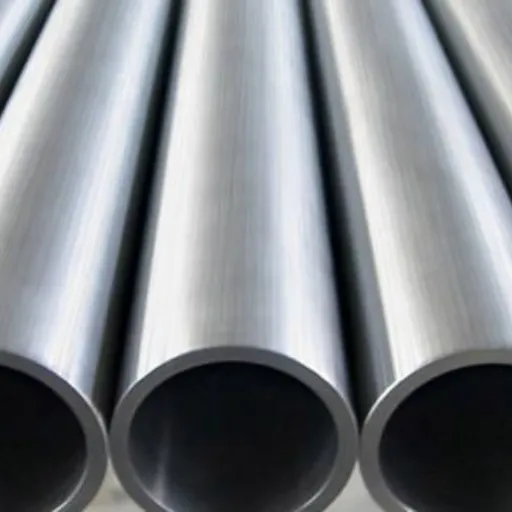
Knowing the differences between stainless steel grades and alloys can mean being overwhelmed, and at the very core, it boils down to the composition and their intended use. Each grade and alloy lends itself to specific properties like corrosion resistance, strength, or machinability, thereby making stainless steel a choice for innumerable applications.
Definition and Classification of Stainless Steel
Stainless steel is an iron-based alloy containing at least 10.5% chromium; this chromium gives it distinguished corrosion resistance. Upon contact with the atmosphere, the chromium present in stainless steel reacts with oxygen and forms a thin passive film on the surface of the steel, preventing it from further oxidation and attack. Due to this quality of durability, stainless steel has been extensively used in different industries starting from construction to healthcare.
Stainless steel may be categorized into five types depending on their metallurgical structure:
1. Austenitic Stainless Steel
Being the most common stainless steel, it forms approximately 70% of all stainless steel production. Due to its high content of chromium and nickel, it is not magnetic and exhibits high corrosion resistance. 304 and 316 are famous grades, where 316 is considered superior due to molybdenum.
2. Ferritic Stainless Steel
These steels have a higher chromium but lower carbon content. They offer moderate corrosion resistance and are magnetic. Ferritic stainless steels find their common use in automotive exhausts and kitchen appliances. The popular grades of ferritic stainless steel include 430 and 409.
3. Martensitic Stainless Steel
These are high-strength stainless steels. They have high hardness and high corrosion resistance and are generally used to make cutlery, tools, and surgical and dental instruments. The most popular grades include 410 and 420.
4. Duplex Stainless Steel
Being a mixture of stainless steels, duplex steels exhibit very fine strength and corrosion twice that of some austenitic grades. These grades are used for chemical processing and marine applications. Examples are 2205 and 2507.
Importance of Grade Selection
⚠️ Selecting the proper stainless steel grade is highly vital for its application and to use it for optimum performance, longevity, and cost. Different grades are designed for various environments, each with its set of properties depending on corrosion resistance, strength, and working temperature.
For instance, type 304 is one of the most common stainless steels used today. This grade is suitable for corrosion resistance in normal environments; however, in harsher environments in the presence of acids or chlorides, type 316 stainless steel is usually preferred due to the higher content of molybdenum, which imparts superior resistance against pitting and crevice corrosion. A comparative study outlined that grade 316 can resist chloride concentration up to 10 times higher than grade 304, which explains why industries in marine or chemical fields heavily rely on it.
Grades such as 17-4PH, with considerable strength, are very beneficial in aerospace and manufacture where toughness matters. With yield strength exceeding 620 MPa, it possesses superior qualities compared to a majority of stainless steel grades, thus ensuring its reliability in work under critical stress. Whereas duplex grade stainless steels such as 2205, which have superior corrosion resistance combined with twice the strength of austenitic grades, can be considered a cheaper alternative for their use in oil and gas processing.
The operating temperature is another factor that should be considered in selecting an appropriate grade. For example, 310 is a stainless steel grade that withstands higher temperatures up to 2100F (1150C) and is thus suitable for furnace applications requiring service at high temperatures.
An inappropriate selection of the stainless steel grades would lead to premature failures at the site, increase maintenance costs of instrumentation, or even compromise safety. Following technical standards such as ASTM A240 and going through industrial manuals will give the user a way to align the material property with requirement demands of the environment it will be installed in. Precision of approaching material and application through the engineering scenario represents the serious health of integrating applied material science to engineering.
Properties of Grade 405 Stainless Steel
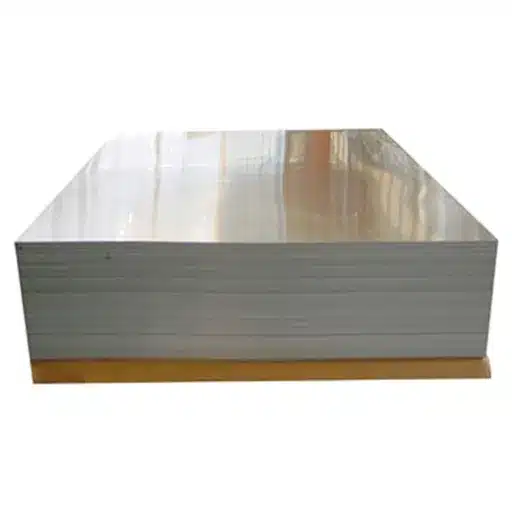
Grade 405 stainless is a ferritic alloy known to offer moderate corrosion resistance and exhibit superior oxidative properties. Being lower in chromium content, it is easy to fabricate and machine and, thus, finds use in automotive exhaust systems or heat exchangers.
Strength and Corrosion Resistance
Grade 405 stainless steel exhibits balanced properties of strength and corrosion resistance, making it a dependable option for general use in industrial applications. The presence of chromium (about 11.5-12.5%) results in the formation of a passive oxide film on the surface, thus enhancing its resistance to oxidation and mildly corrosive conditions.
| Property | Value | Unit |
|---|---|---|
| Tensile Strength | 415-540 | MPa (60-78 ksi) |
| Yield Strength | 205 | MPa (30 ksi) |
| Chromium Content | 11.5-12.5 | % |
| Maximum Service Temperature | 800°C | (1,472°F) |
However, the corrosion resistance level is limited compared to higher alloyed grades and thus is suitable for mildly corrosive environments such as weakly acidic or alkaline conditions but not so good for chlorides and marine atmospheres.
When stress is a factor at elevated temperatures, Grade 405 stainless steel retains its mechanical behavior up to around 800°C (1,472°F). Still, in such environments, there remains a possibility of extensive scaling with longer exposure. The carbon content is low to prevent carbide precipitation, which is crucial to retain corrosion resistance after welding and heat treatment. Coupled with other properties, it establishes the potential for Grade 405 stainless steel to be a practical and economical option for both structural and functional purposes.
Applications of Grade 405 Stainless Steel
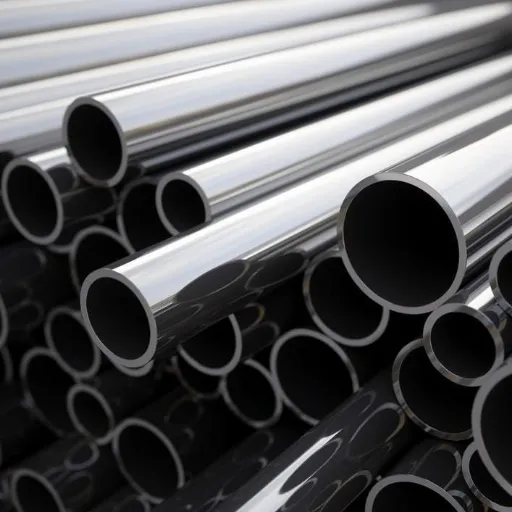
Grade 405 stainless steel finds use when an application calls for moderate corrosion resistance and higher fabricability. Automotive exhausts, heat exchangers, and annealing boxes are common examples. Its lesser demand in terms of environment and fair price makes it a very practical option for certain industrial applications.
Real-Life Case Studies
Case Study 1: Automotive Exhausts
Automotive exhaust systems form an interesting case of Grade 405 stainless steel application. Owing to heat resistance and corrosion protection, it effectively manufactures mufflers and other related parts that must withstand prolonged exposure to high temperature and exhaust gases.
Case Study 2: Industrial Drying Equipment
Another major area of application of Grade 405 is that of industrial dryers in chemical and food processing industries. The temperature-resistance property to scaling of this material guarantees durability and longevity where returned heat exposure is normal.
Case Study 3: Architectural Structural Support
Grade 405 stainless steel has also been used in architectural projects involving structural supports exposed to the outdoor environment. The coastal construction project of DEF Architects exhibited its corrosion-resistant properties against salty and humid air.
Illustrated by these examples from the real world, the furtherance of the common good on the cost-saving level, impacting efficiency, and finally, to lesser environmental impact across diverse fields confirms that its robust engineering values will continue to keep it as an established and versatile material in contemporary applications.
Innovations in Construction
Grade 405 stainless steel is a very important modern construction material because of its durability, cost-effectiveness, and corrosion resistance. Its innovative uses span structure frameworks, roofing systems, and reinforcement solutions, providing engineers with a tried and tested material to meet the challenges of modern architecture. Recently, the material found greater application in sustainable construction, wherein its ability to resist extreme weather catastrophes and uphold performance over time helps to lessen the maintenance costs as well as repair frequency on newer materials.
Key Construction Benefits:
- Cost Reduction: Studies show maintenance costs of buildings employing Grade 405 were lowered by about 30% over 20 years compared to conventional materials like carbon steel.
- Economic Advantage: Lower nickel content compared to other stainless steel grades brings down production costs without compromising performance.
- Infrastructure Applications: Extensively used for bridges, airports, and tall building projects where reliability and longevity are highly required.
Future Trends of Stainless Steel Alloys
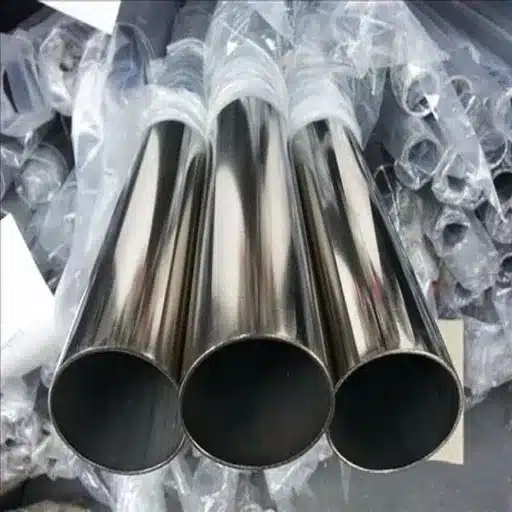
Stainless steel alloys remain among front-line material innovations from the confluence of global demands for sustainability, performance, and cost-efficiency. Alloy advance is oriented toward the alleviation of corrosion resistance, strength-to-weight ratios, and temperature tolerance to industries like automotive, aerospace, and renewable energy.
Market Projections
In view of recent market data, the world stainless steel market is forecasted to reach $223.6 billion in 2028, growing at a CAGR of 5.2% from 2023 to 2028. Such growth accounts for rising investments in infrastructure development, particularly for emerging economies, along with increased adoption of green technologies such as electric vehicles and solar power systems, wherein specialty stainless steel alloys bear great importance.
Key Innovation Areas:
- Duplex and super austenitic grades with high corrosive resistance under aggressive conditions
- Additive manufacturing (3D printing) for intricate components with minimal waste
- Applications in marine, chemical, and desalination industries
Conclusion: Choosing an Appropriate Stainless Steel Grade
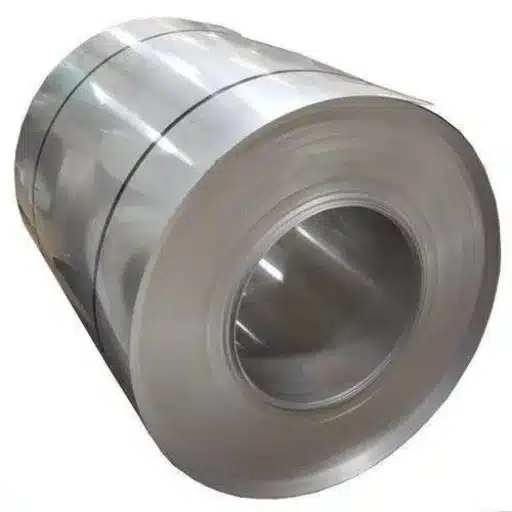
While choosing an appropriate stainless steel grade for a project, I tend to assess concerns of corrosion resistance, strength, durability, etc., relating to that project. Mostly because of economic factors, Grade 405 is my preferred option due to its ease of welding and synergy with sustainable development approaches, making it suitable for a vast number of applications.
Final Thoughts on Grade 405 and Applications
Grade 405 stainless steel in industrial applications holds a major position due to its excellent corrosion resistance, particularly in mildly corrosive environments, and the cheap properties. Applications where high heat resistance and oxidation protection are needed are where it is most utilized, such as automotive exhaust, heat exchangers, and turbine parts. According to recent data, the global market for stainless steel is forecast to attain a CAGR of 5.5% from 2023 to 2028, implying the increased demand for Grade 405 as a durable and versatile material.
Superior Machinability
Better machinability due to aluminum content, making it easier to form and fabricate
Thermal Stability
Low coefficient of thermal expansion, suitable for applications with extensive temperature fluctuations
Sustainability
Can be made with up to 80% recycled content, reflecting global trends toward environmental consciousness
Grade 405 benefits the industries in cutting down on maintenance and promoting longer life to components. Ranging from energy to manufacturing, this alloy comes as an example of a compromise of performance with environmental concerns. Thus, the key material for infrastructure and innovation in the present inter-game happens to be Grade 405, combining its technical properties along with an emphasis on eco-conscious manufacturing.
Reference Sources
-
MetalsCut4U – This source discusses Grade 405 stainless steel, highlighting its applications in steam turbines and exhaust systems due to its high strength.
-
Marlin Wire – This article explains that Grade 405 stainless steel has less corrosion resistance compared to Grade 430, making it suitable for mildly corrosive environments.
Frequently Asked Questions (FAQs)
What are the characteristics of austenitic stainless steel?
Austenitic stainless steels like 304 and 316 are characterized by high corrosion resistance and strength. Being non-magnetic and able to bear high-temperature applications, these are quite versatile and useful in various industries, including marine and chemical processing.
How does Grade 410 relate to Grade 420?
Grade 410 is the martensitic stainless steel offering moderate hardness, while 420 acquires more hardness through its higher carbon content. Both offer reasonable corrosion resistance, yet 420 tends to be the choice where wear resistance is desired more.
What applications are included for ferritic stainless steel grades?
Ferritic stainless steels like Grade 409 and Grade 430 are used widely in automotive applications, kitchenware, and construction of outdoors owing to their very good oxidation resistance and cheap price. These are less ductile when compared to the austenitic grades but offer decent performance in less corrosive environments.
What is the importance of precipitation-hardening stainless steels?
Precipitation-hardening stainless steels are those that require high strength and hardness, such as Grade 17-4. Heat treatment allows them to develop enhanced mechanical properties fixable for Aerospace and Structural Application.
What are the features of Duplex stainless steels different from other types?
Duplex stainless steels give high strength and corrosion resistance, combining the best of austenitic and ferritic stainless steels. These generally provide enhanced performance in chloride environments owing to relatively high chromium and nickel contents.
What are the advantages while using grade 444 stainless steel?
Grade 444 stainless steel is known for its exceptional resistance to corrosion, especially in marine environments. It offers excellent resistance to oxidation and is used widely in areas requiring high resistance to wear, such as heat exchangers and pressure vessels.

